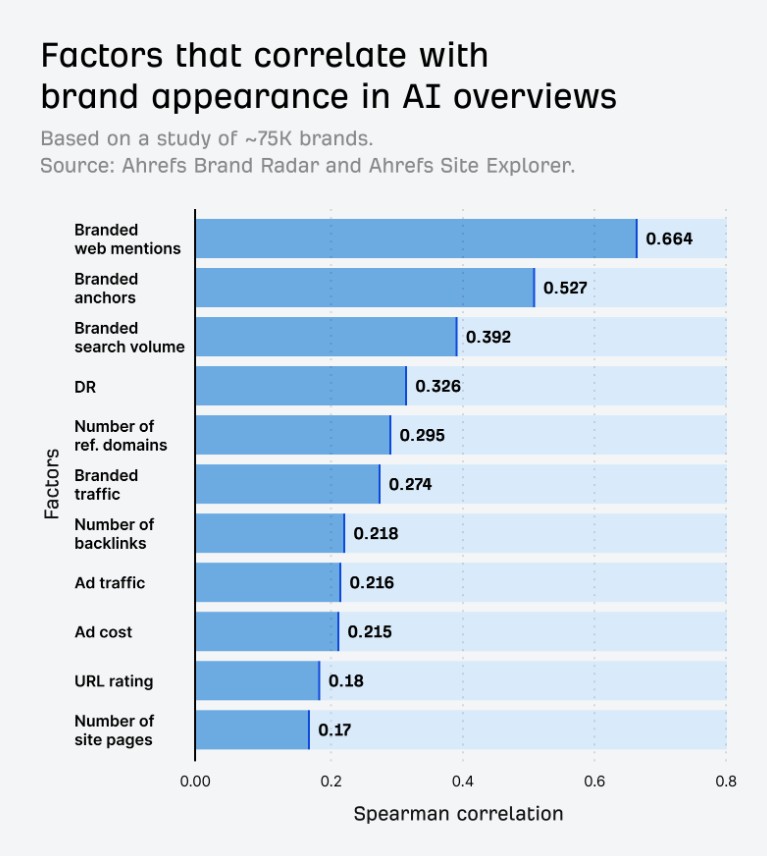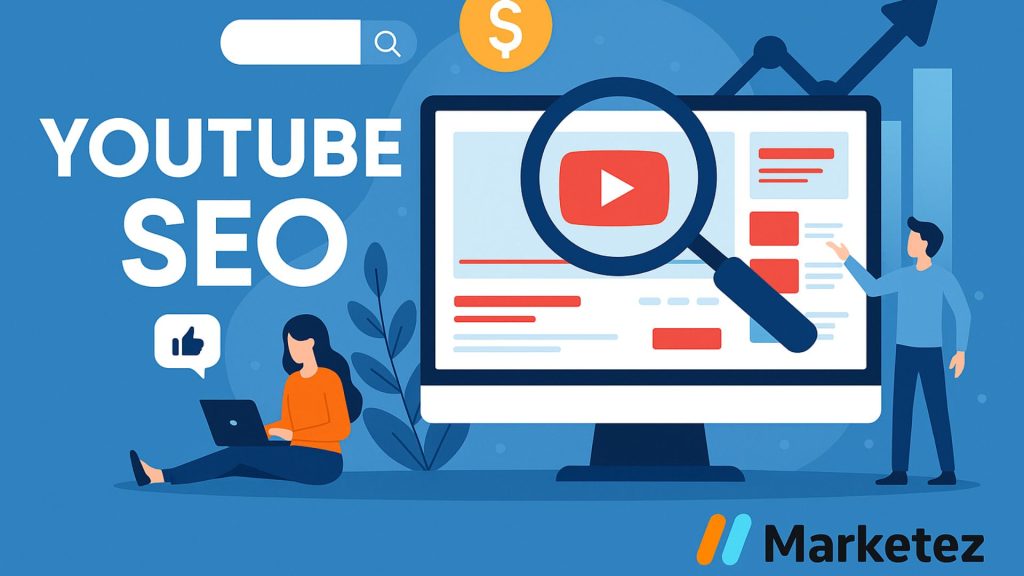Key Takeaways
As marketers and business owners, our success depends on being where people are already spending their time. For years, digital marketing meant SEO and ads to be visible in Google. But today, the landscape has changed. People now discover brands and products not just on Google, but through AI tools like ChatGPT, Instagram Reels, YouTube tutorials, and TikTok videos.
Each of these platforms shapes behavior differently. Users may go to ChatGPT for comparisons, Instagram for inspiration, YouTube for tutorials, or TikTok for impulse shopping. Their intent, and purchase path, shifts with each platform.
I’ve always been an advocate for omnichannel SEO: not putting all your energy into optimizing for one channel, but making sure your brand shows up everywhere that matters. That’s the only way to stay visible, trusted, and competitive in 2026 and beyond.
Here’s how you can adapt your content strategy across platforms where your audience spends their time.
With over 2.5 billion prompts each day, ChatGPT is no longer just a productivity tool, it’s one of the fastest-growing search engines in the world. People use it for product comparisons, research, conversational answers, and decision-making.
Large Language Models (LLMs) generate responses based on training data from billions of sources: websites, books, Wikipedia, Reddit, and more. To be visible in AI answers, your brand must build authority, trust, and reputation.
SEO AI Content Optimization Tactics

Instagram has evolved into a powerful discovery and shopping channel. And since July 2025, Google has begun indexing Instagram Reels and public posts, officially making it part of the SEO ecosystem.
From my own perspective, Instagram feels like organic ad space. I’ve seen Reels indexed in Google within days, driving both impressions and organic clicks. Captions, hashtags, and even file names are no longer just “social optimizations” they’re now part of SEO.
SEO Strategy Example for Instagram

YouTube is where people go to learn, be entertained, and make purchase decisions. For brands, it’s one of the most powerful channels for building awareness and trust. In my experience, YouTube content often becomes evergreen traffic, videos optimized for the right intent can rank and perform for years.
SEO Content Strategy Example for YouTube
TikTok has grown into a social shopping powerhouse, blending entertainment and e-commerce.
Its algorithm, combined with TikTok Shop, makes it one of the fastest ways to turn discovery into purchase. More importantly, users increasingly use TikTok’s search bar to look for tutorials, product reviews, and “best of” lists, making SEO critical here too.
SEO Strategy Example for TikTok
Conclusion
Content in 2026 is no longer about optimizing for Google alone. Your audience spends time across AI assistants, social platforms, and video ecosystems, and they expect to find credible, intent-driven content wherever they are.
That’s why I advocate for omnichannel SEO. A strong presence across ChatGPT, Instagram, YouTube, and TikTok ensures your brand is discoverable wherever people look, learn, and buy.
The brands that win in this new era are those that understand: visibility drives discovery, but aligning content with intent across multiple platforms drives trust and conversions.